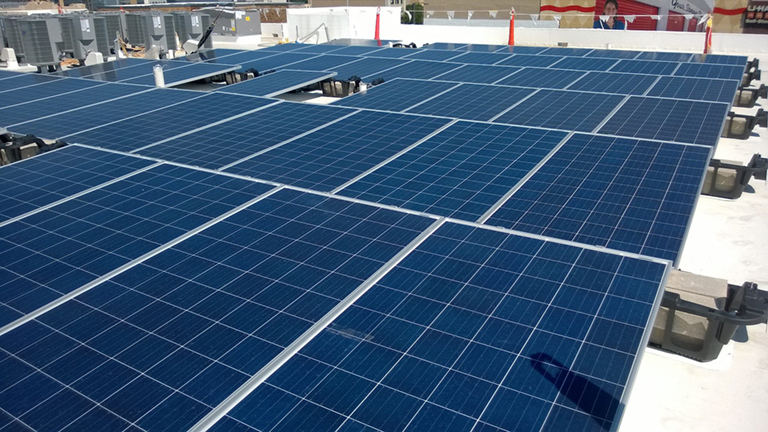We are your Green Alternative
Solar Benefits
Earn a great return on your investment
Solar systems aren’t an expense, but rather one of the best ways you can invest your money. Once the solar is paid off, you will see a return on your investment rivaling traditional stocks and bonds.
Boost U.S. energy independence and stability
By increasing our capacity to generate electricity from the sun, we can insulate our country from global energy fluctuations and provide a more stable energy grid.
Protect yourself against energy inflation
Over the past 10 years, energy prices have gone up an average of 3% each year. By investing in solar energy now, you can fix your electricity rate and protect against unpredictable increases in electricity costs.
Protect the environment
Solar is a great way to reduce your carbon footprint. A typical residential system can eliminate three to four tons of carbon emissions each year, and commercial properties can have an even greater impact. This is the equivalent to planting 100 trees annually.
Increase your property values
Multiple studies have found that buildings equipped with solar energy have higher property values. As business owners become more educated about solar, demand for properties with this technology continue to grow.
Demonstrate a commitment to sustainability
Businesses with “green” credentials are viewed as socially responsible, creating goodwill and improving businesses.
30% Tax Credit
In 2022, the Inflation Reduction Act (IRA) increased the tax credit for solar back up to 30% and extended the time period for 10 years! In addition, battery storage systems are also eligible for this tax credit.
Check out our video where we explain the 26% tax credit that was in place in 2022, and note that it will now be even more attractive!
Solar Investment Tax Credit Extension
| 2021 | 2022 | 2023 | 2024 | |
| Residential | 26 percent | 30 percent | 30 percent | 30 percent |
| Commercial | 26 percent | 30 percent | 30 percent | 30 percent |
USDA Grants
The U.S. Department of Agriculture (USDA) offers The Rural Energy for America Program (REAP). The program offers financial assistance to agricultural producers and rural small businesses to purchase and install renewable energy systems. Grants cover up to 25% of the overall project’s cost. Combined with loans, a solar investor could fund up to 75% of their total project cost through the program. Add the 30% tax credit, and the financial aspect of your installation will immediately become even more appealing!
(Note that the IRA will also have provisions that could impact the details of the REAP grant. We will post more details here when they are clearly defined later in 2023.)

Net-Metering
Most of us are not familiar with utility policies beyond knowing that your utility company sends you a bill every month for the amount of energy you use. The more you use, the more you pay. But understanding the rules of connection becomes more important when you add solar energy production to your property.
Check out our video to learn about net-metering.

MACRS Depreciation of PV Systems
The Modified Accelerated Cost Recovery System (MACRS) is the United States’ tax depreciation system. This tax deduction allows for businesses that install solar energy systems to shorten the amount of time it takes to pay off their system’s equipment. Most businesses can use this tax deduction for a five-year period.
In addition, the federal government offers a bonus depreciation system that allows for faster depreciation and encourages solar PV investment.
LEARN ABOUT THE MACRS AND THE BONUS MACRS
Green Alternatives Inc.
702 E Columbia St
Flora, IN 46929
Phone: +1 765-480-4138
Email: gai@solargai.com